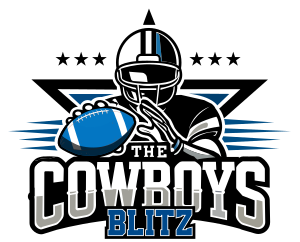Juggernaut
Well-Known Member
- Messages
- 9,048
- Reaction score
- 28,880

"WHAT ARE YOU LAUGHING AT???"


"Santa got run over by a reindeer ..."The Reindeer Wrangler


Looks created/generated. The rotation is mostly smooth, but the light source jumps periodically.This image is not funny, but it's extremely bad***!
https://lh3.***BROKEN***/-hBM-YjyA2yY/XBHK9gUIS5I/AAAAAAAFeJQ/n3GSZ4rCdUUq7SlPsV6duFlIWHHR13VswCJoC/w356-h200-rw/juno-flyaround2.gif

It's a NASA image. It's still images composed into an animation. I don't believe any of their spacecraft taking full video.Looks created/generated. The rotation is mostly smooth, but the light source jumps periodically.
Especially for the amount of time that would've passed here.It's a NASA image. It's still images composed into an animation. I don't believe any of their spacecraft taking full video.

I am very familiar with how NASA space photos work and their limitations which is why I specifically addressed my point.It's a NASA image. It's still images composed into an animation. I don't believe any of their spacecraft taking full video.

I am very familiar with how NASA space photos work and their limitations which is why I specifically addressed my point.
My point was that the rotation of the planet is smooth (consistent), meaning there are consistent (photo) frames for it. However, the light source abruptly shifts every few frames considerably (jumps).
If they were taking a photo every let's say 60 seconds (or 5 minutes or 30 minutes, etc.) and then splicing them together as frames to create a video-like animation, the light source should move at the same "frame rate" as the planet even if the light source was moving slower or faster than the planet's rotation.
Now, it is possible they are using computer animation to simulate (aka: generate) planet frames (to show what the missing frames would look like) to create the illusion of rotation. Which is exactly why I said, it looks "created/generated" ... I did not say "fake".

Damn
https://lh3.***BROKEN***/-E5kbPpq1Y0Y/WqCaZPczFfI/AAAAAAAC160/CF9dKsaf5DEi5nXEW8BULKUWJ-CmjSh0wCJoC/s320-rw/GIF_20180307_140423.gif
He must have a very enhanced sense of smell.That guy is almost blind too.

Wonder if his name is Dez?

